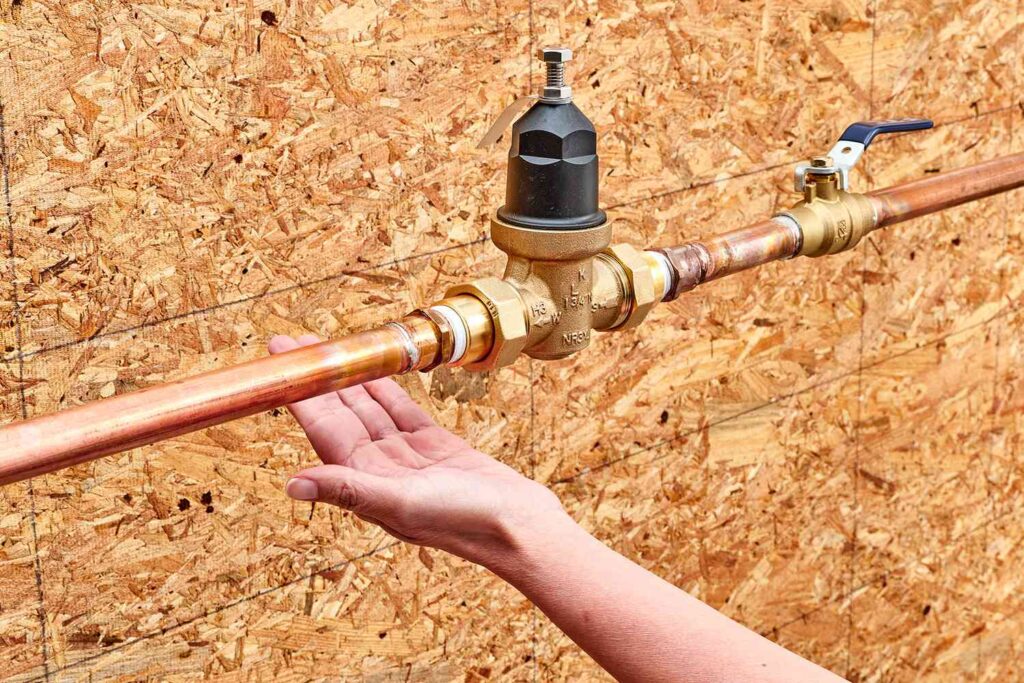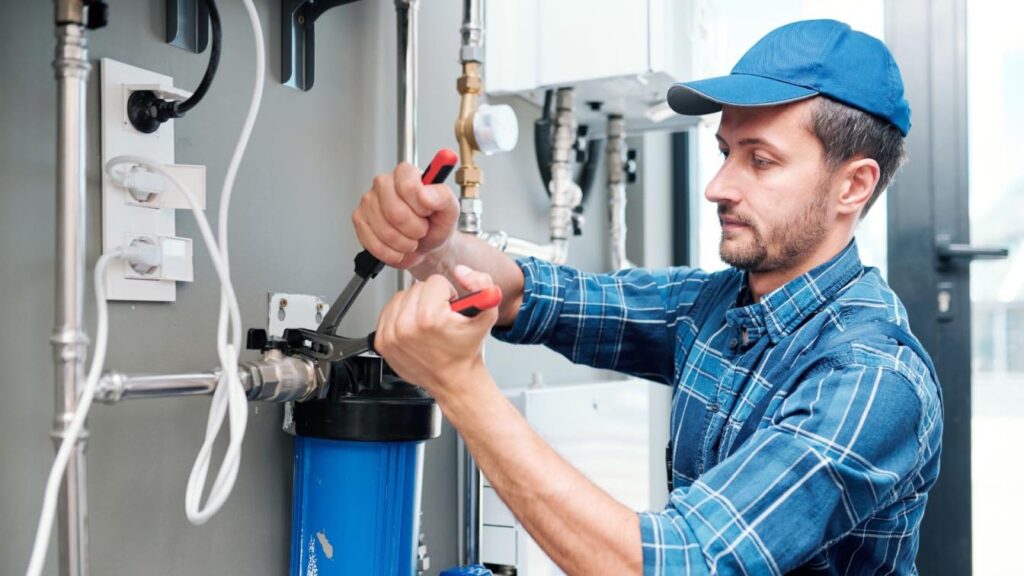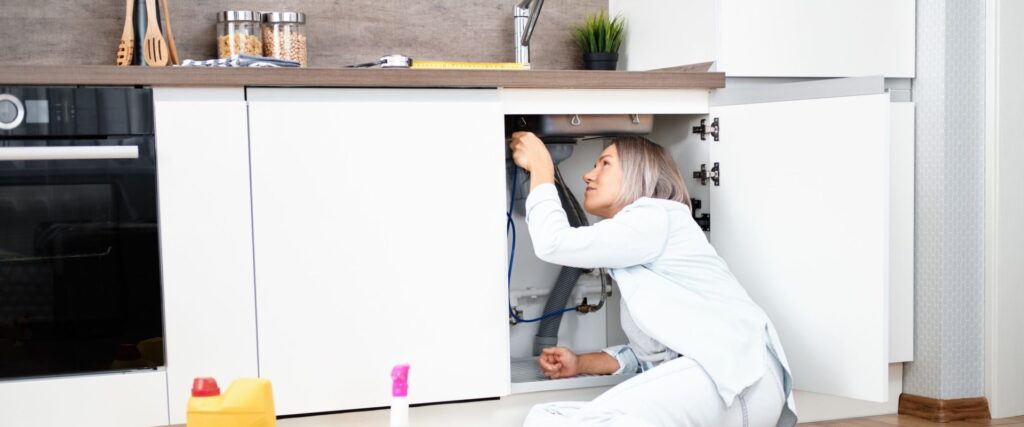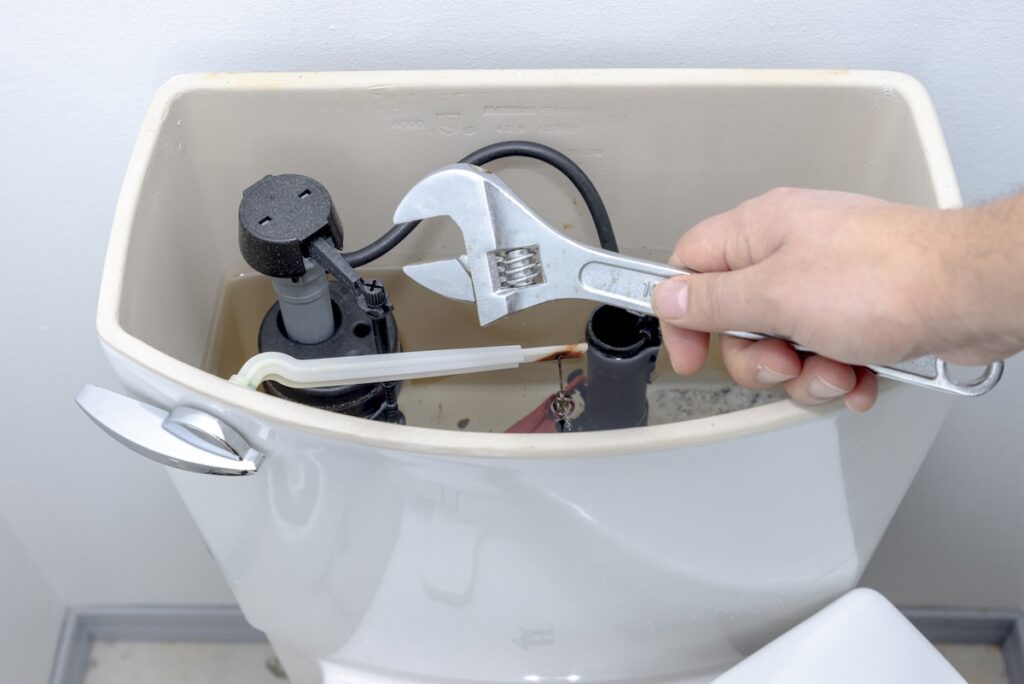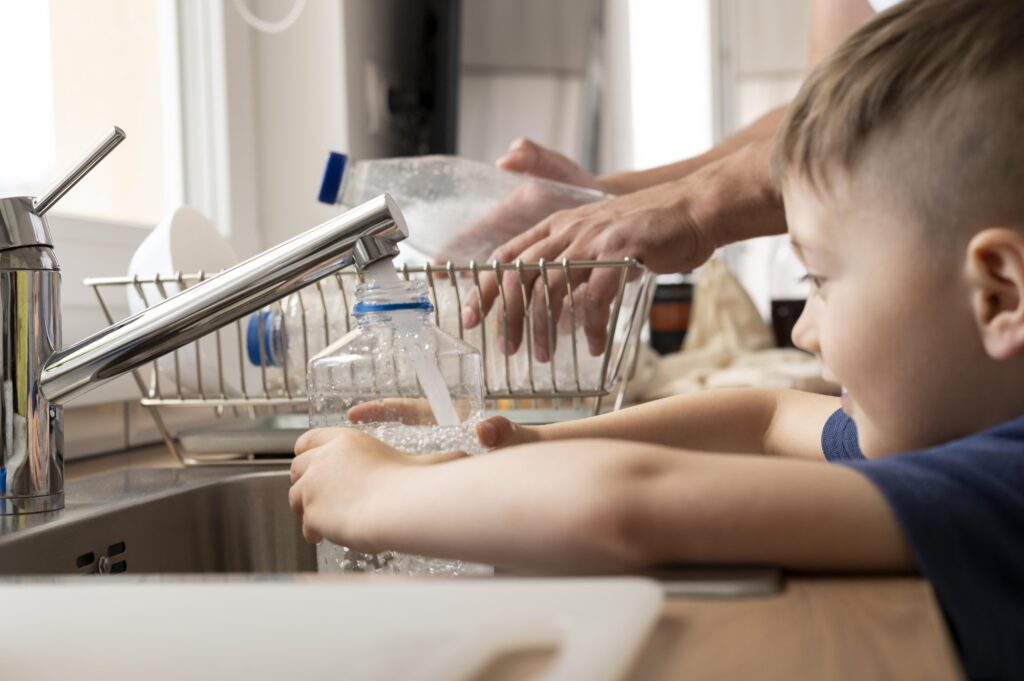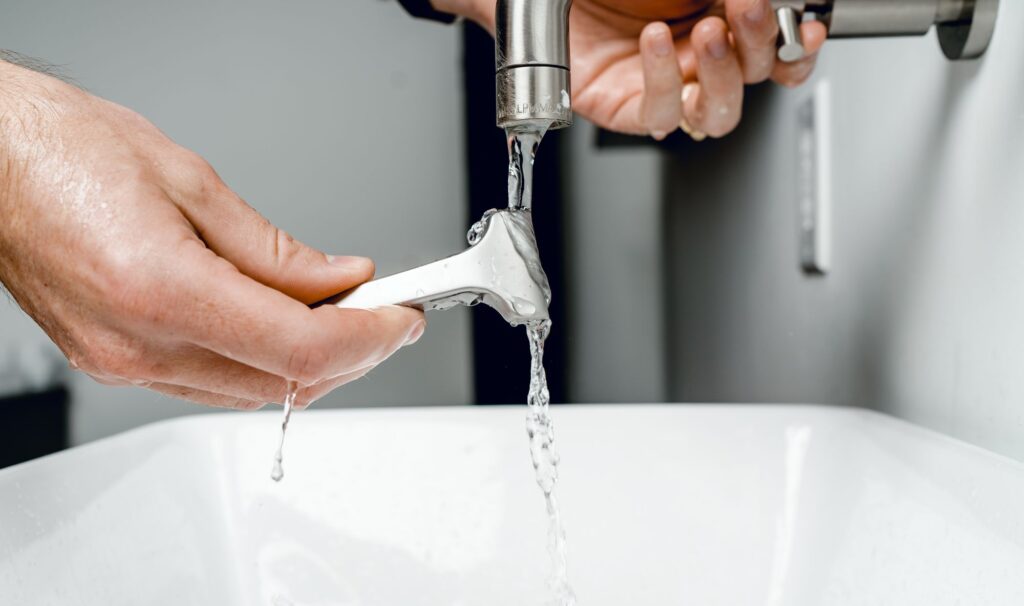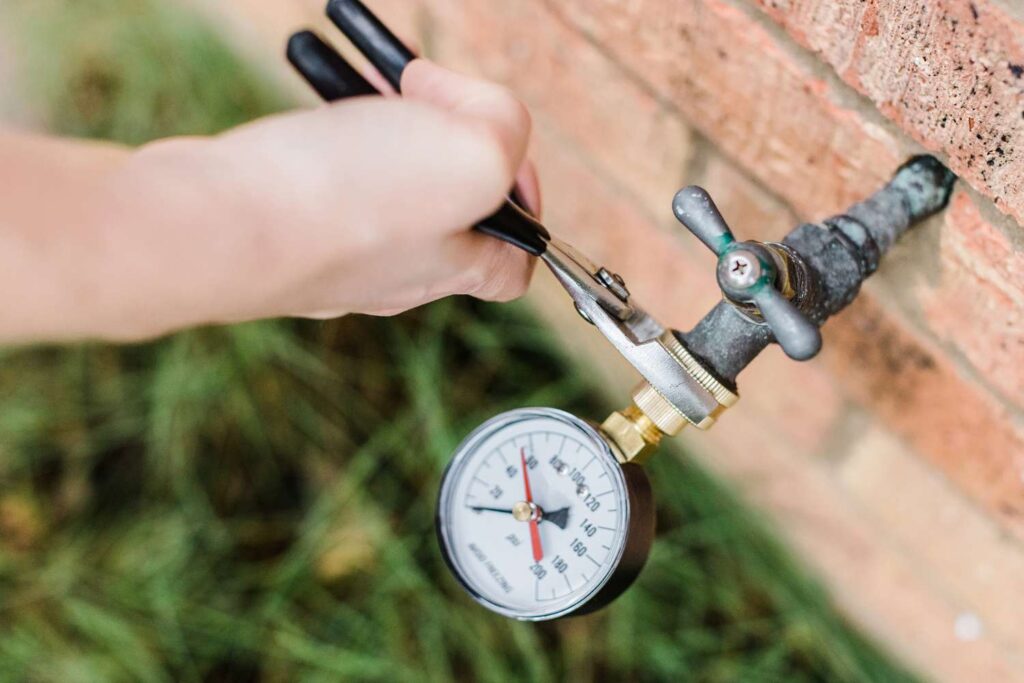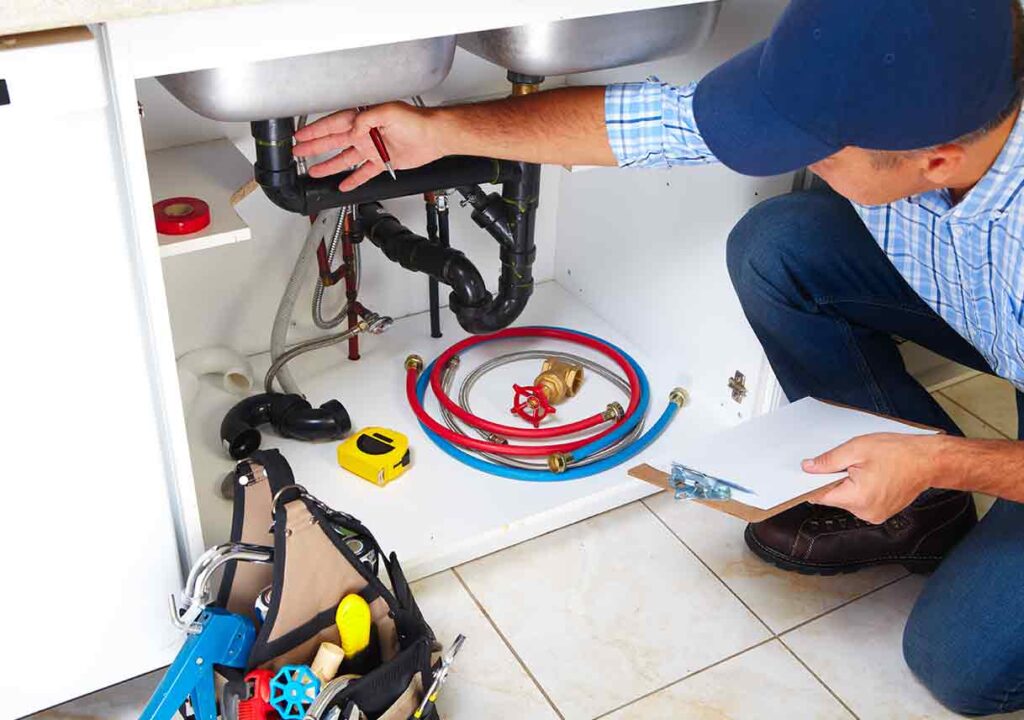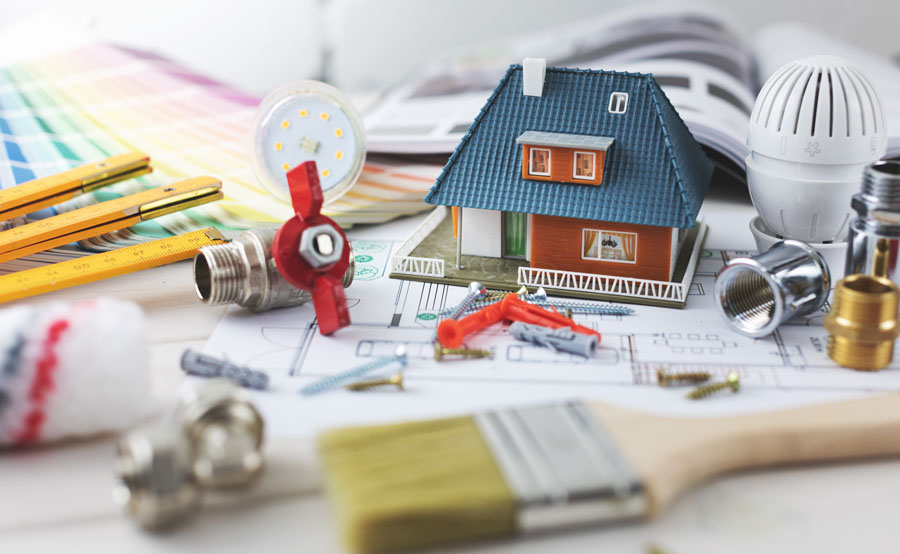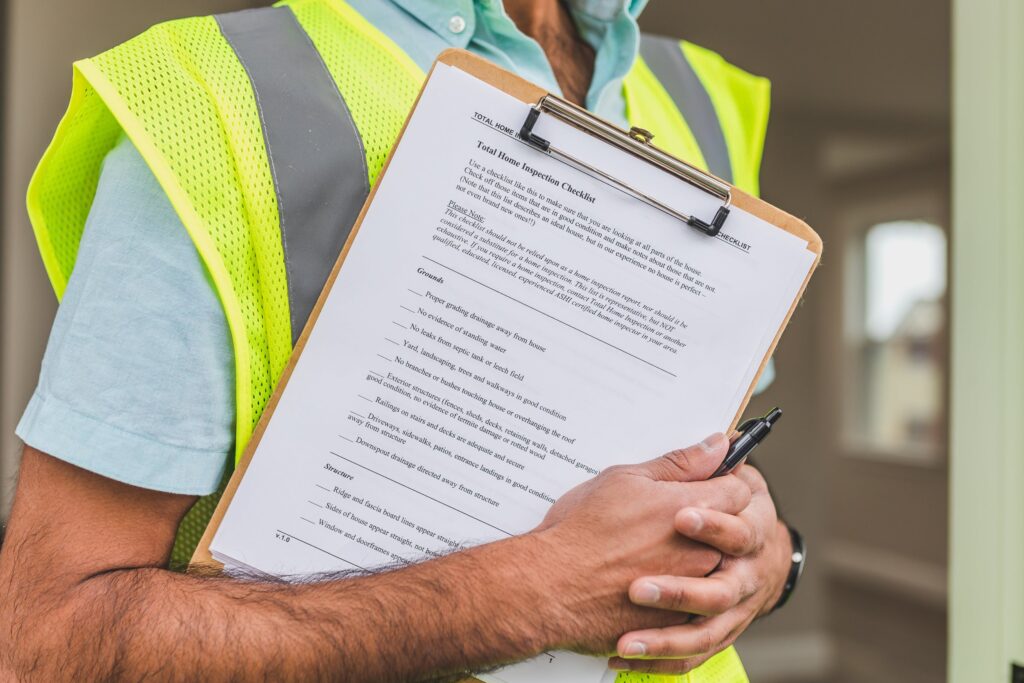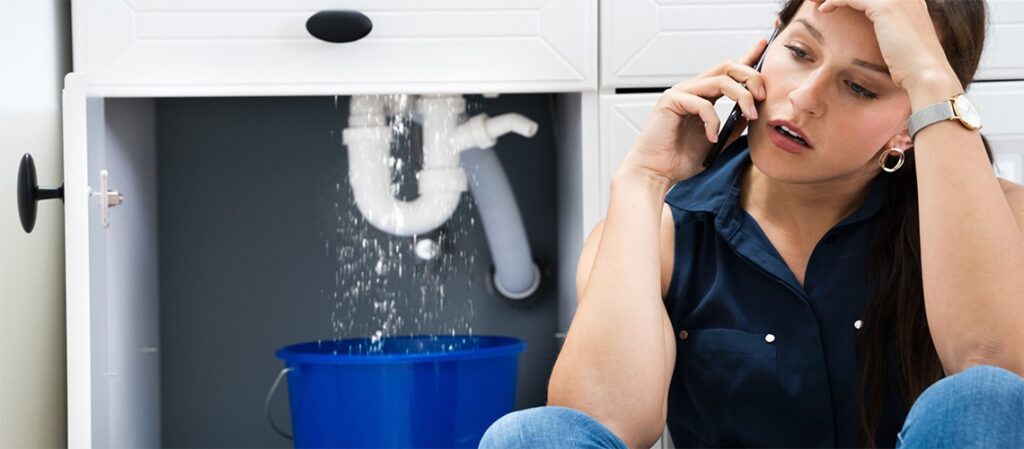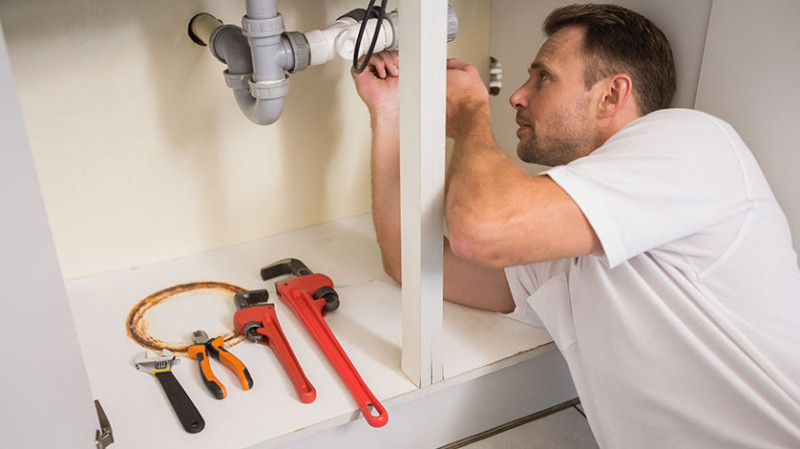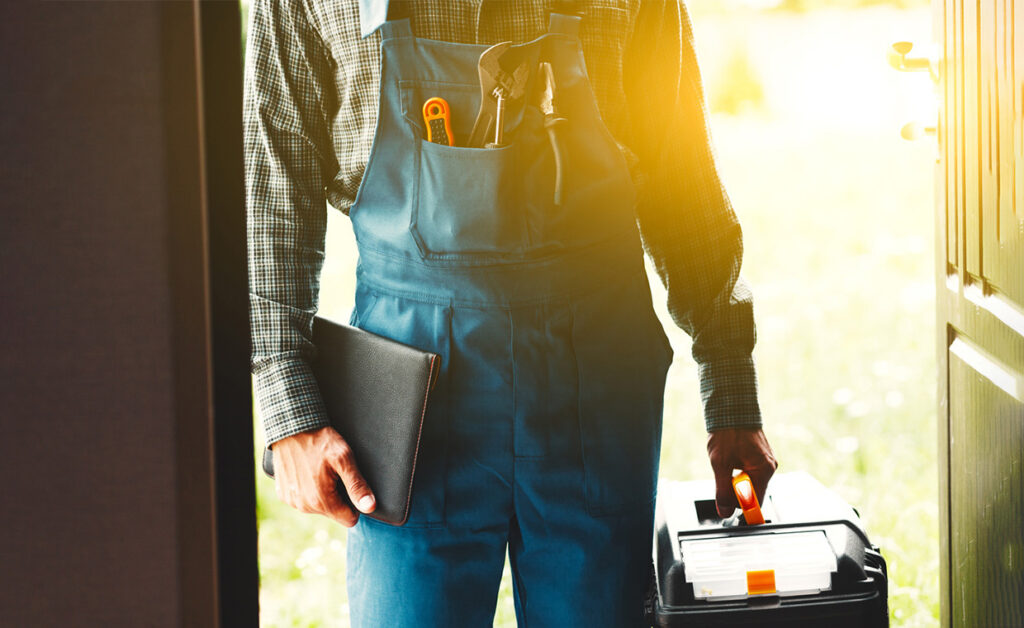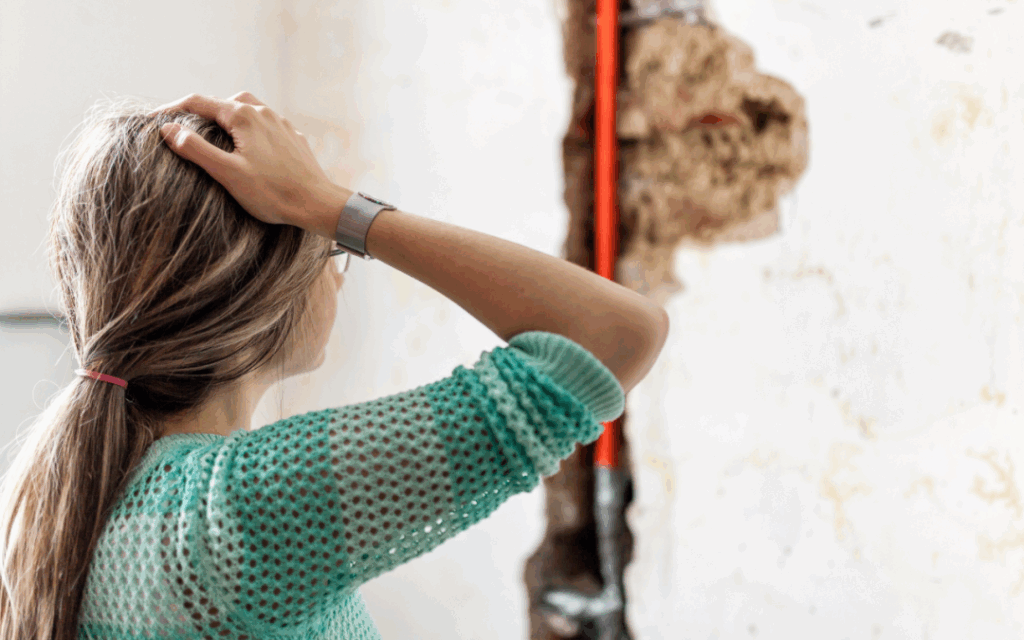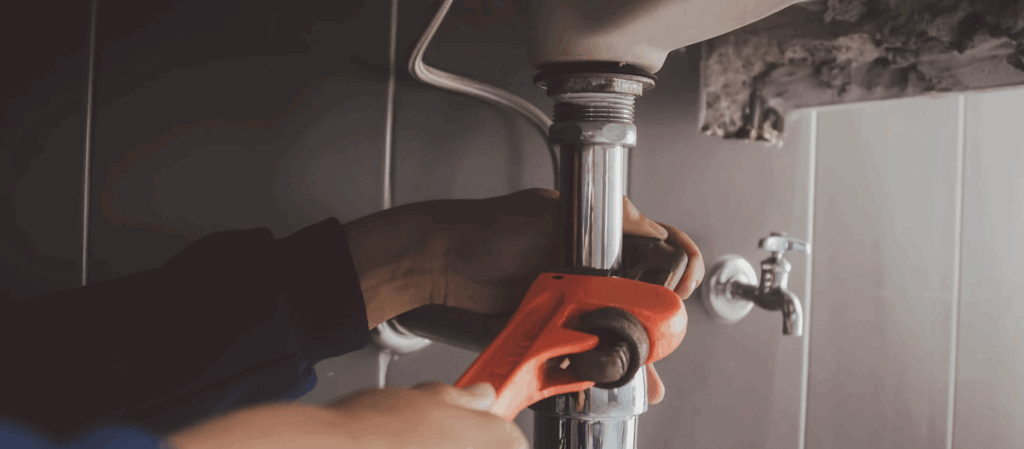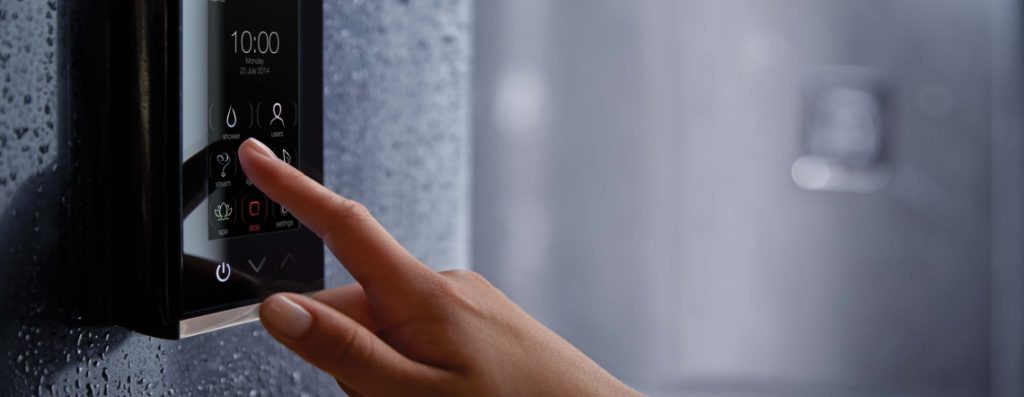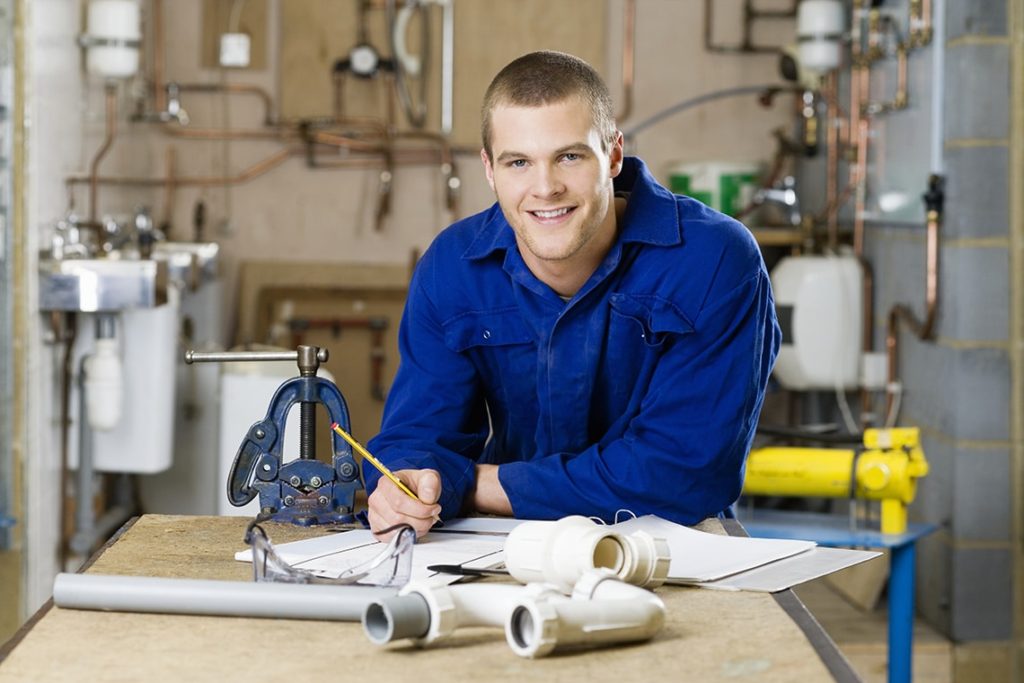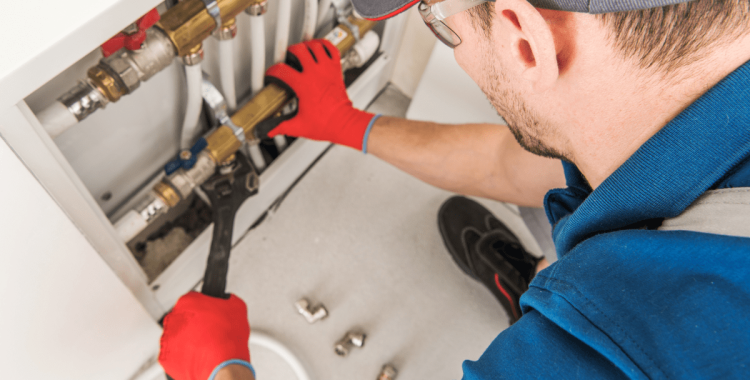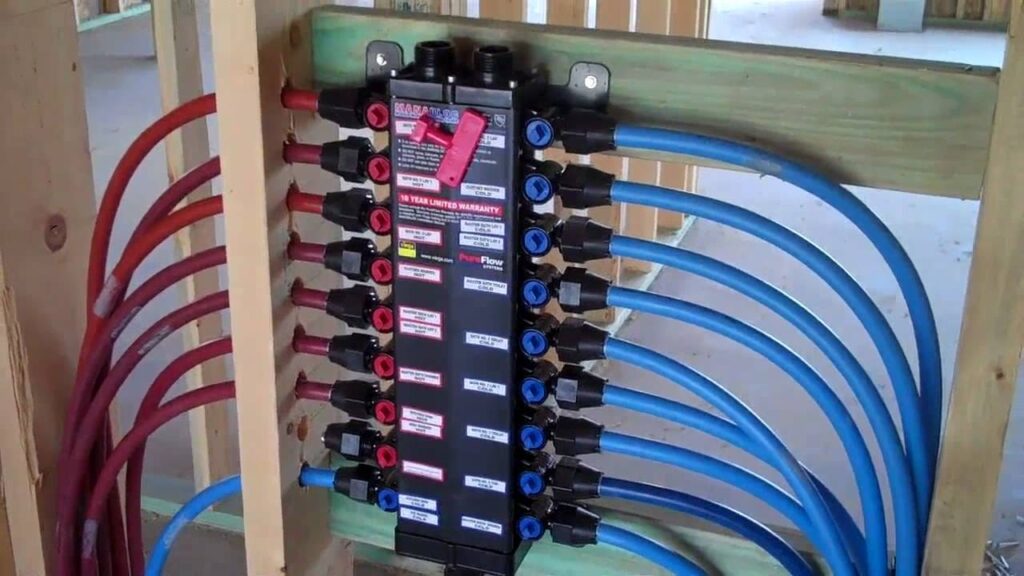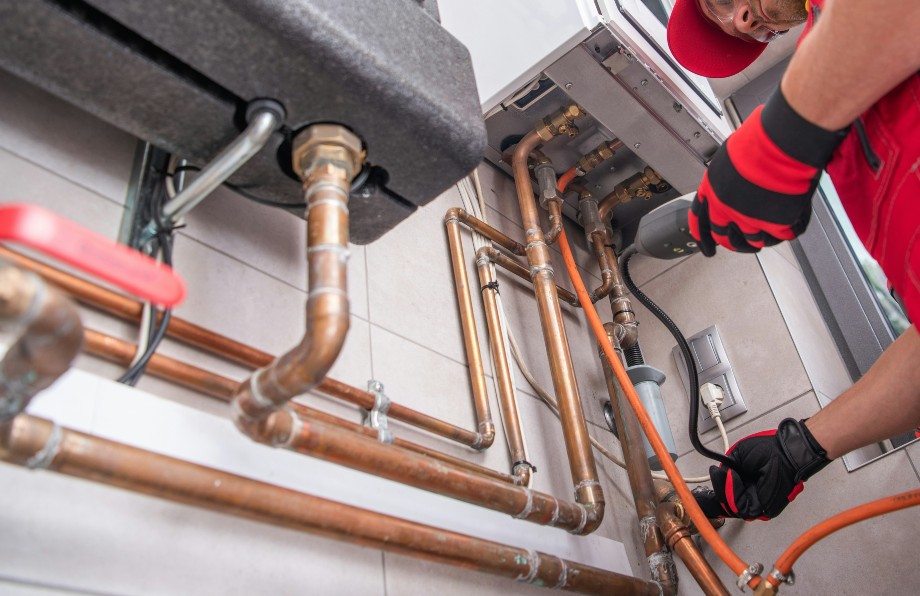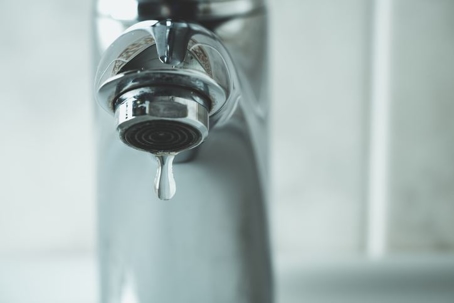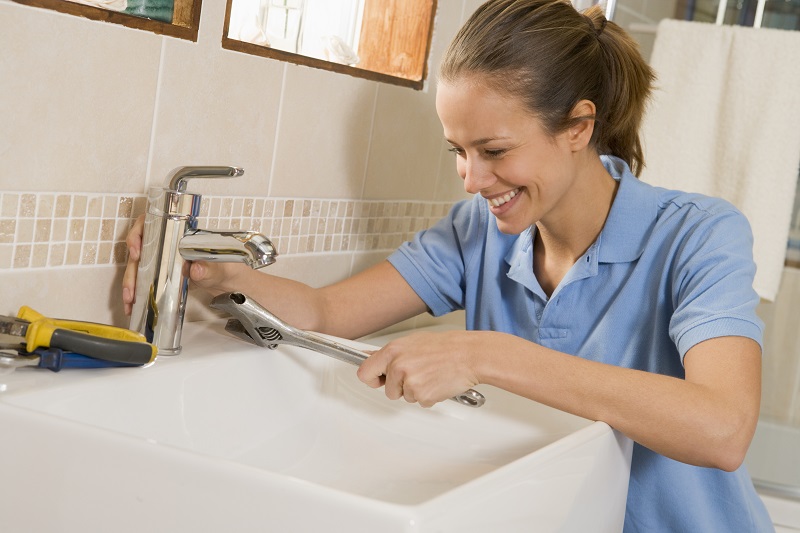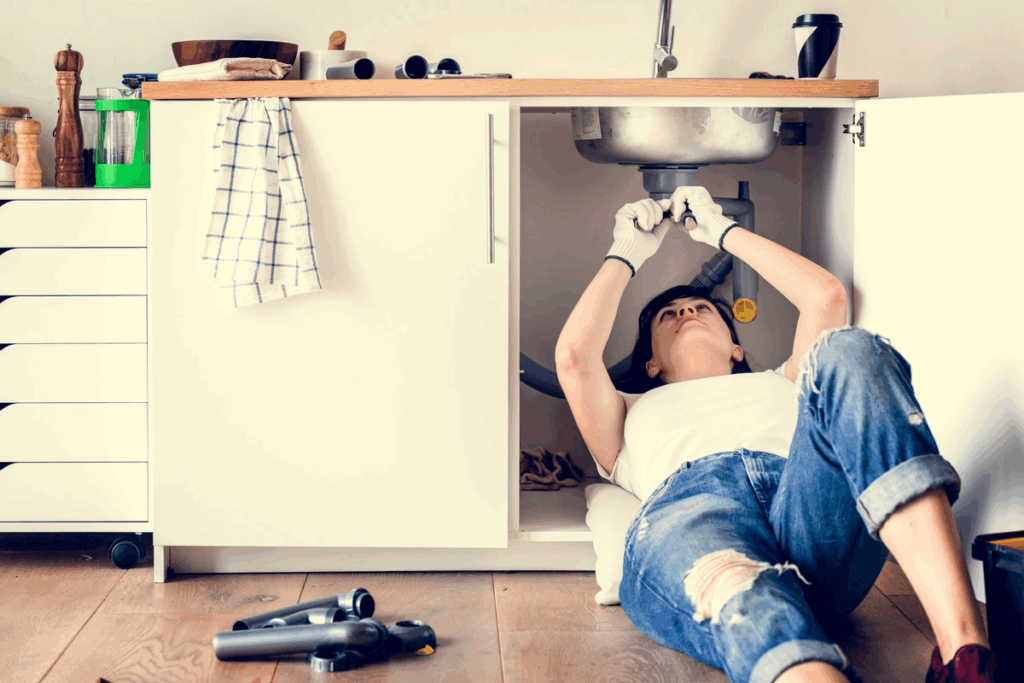How Plumbing Impacts Your Home’s Resale Value
When preparing to sell a home, most homeowners focus on curb appeal, staging, and cosmetic upgrades. While these are undeniably important, the unseen elements—especially your plumbing system—can play a critical role in how your home is valued and perceived by potential buyers. A home’s plumbing affects not just comfort and functionality but also impacts its marketability and resale value.
The Hidden Backbone of Your Home
Plumbing is often described as the hidden infrastructure that keeps a home running smoothly. From showers and sinks to toilets and washing machines, water is a constant presence in daily life. A well-maintained plumbing system ensures that water flows efficiently and safely throughout the home, while wastewater is properly disposed of. Potential buyers may not see your plumbing, but they will absolutely notice if something is wrong.
Leaky faucets, poor water pressure, and outdated pipes can all be red flags. These issues suggest to buyers that a home might require extensive—and expensive—repairs. If your plumbing is problematic, it can cast a shadow over the entire property, regardless of how beautiful the finishes are.
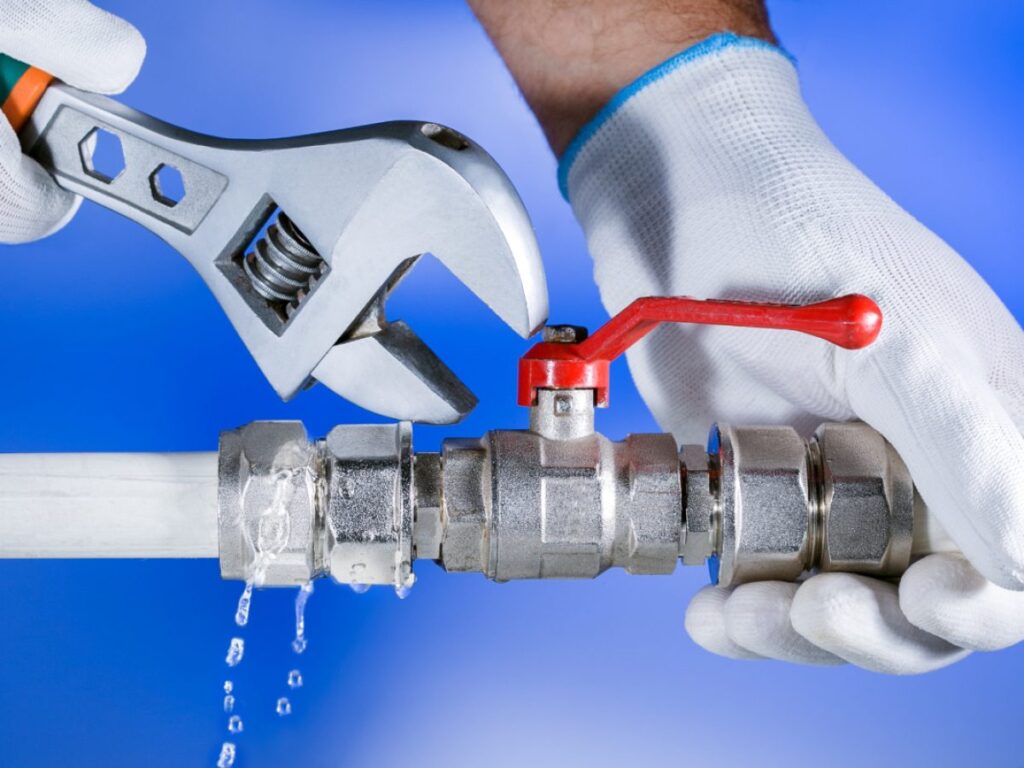
First Impressions Matter: Plumbing Fixtures and Presentation
In today’s market, buyers are looking for homes that are not only functional but also stylish. Outdated or mismatched plumbing fixtures can make a home feel dated, even if the rest of the house is in good condition. Upgrading your plumbing fixtures in the kitchen and bathrooms can make a huge visual impact. Think modern faucets, elegant sinks, and efficient toilets. These updates don’t have to break the bank but can significantly influence how a buyer feels about the space.
Low-flow fixtures are another important selling point. Many buyers are eco-conscious and will appreciate plumbing that conserves water. Not only does this demonstrate a commitment to sustainability, but it also signals lower utility costs—an attractive feature for future homeowners.
Inspections and Potential Deal Breakers
Home inspections are standard in the home buying process, and plumbing is a key component of any thorough inspection. Inspectors will examine your pipes, drains, water heater, and more to identify potential problems. If they find corroded pipes, signs of water damage, or poor drainage, these issues can either lower your home’s value or cause deals to fall through altogether.
Buyers want to feel confident that their investment is sound. If your plumbing system is old, shows signs of neglect, or doesn’t meet current code requirements, you can expect buyers to either walk away or demand a price reduction. On the flip side, a clean inspection report—especially for plumbing—adds credibility to your asking price.
Old Plumbing Can Lower Appraisals
Appraisers look at every aspect of a home, and plumbing is no exception. If your home still has galvanized pipes from the mid-20th century or uses a septic system that hasn’t been maintained, these elements can lower the home’s appraised value. This has a direct impact on the selling process, particularly if the buyer is using financing.
Replacing old pipes with modern materials like PEX or copper can be a smart long-term investment. While it may not be the most glamorous upgrade, it’s one that boosts both the safety and value of your home. New plumbing reassures buyers that they won’t have to deal with major issues in the near future.
Bathrooms and Kitchens: Plumbing’s Value Powerhouses
Bathrooms and kitchens are often described as the heart of the home—and they’re also the areas where plumbing matters most. A home with modern, well-maintained kitchens and bathrooms can command a much higher price on the market. Even minor updates, such as installing a new garbage disposal or replacing an old toilet, can make a big difference.
In competitive markets, buyers are not just looking for function—they’re also expecting luxury and convenience. Heated towel racks, rain showerheads, and touchless kitchen faucets are examples of plumbing upgrades that appeal to modern buyers. These features make a home feel more upscale, which can justify a higher asking price.
Energy Efficiency and Plumbing
Today’s homebuyers are increasingly focused on energy and water efficiency. Plumbing plays a central role in this arena. Tankless water heaters, energy-efficient dishwashers, and high-efficiency washing machines all contribute to reduced utility bills and a greener lifestyle.
By upgrading to energy-efficient plumbing appliances, homeowners can make their property more attractive to environmentally conscious buyers. Additionally, many energy-efficient upgrades can qualify for tax credits or rebates, adding even more value in the eyes of a potential buyer.
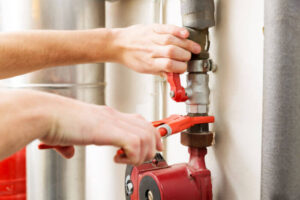
The Role of Maintenance and Documentation
Regular maintenance is key to preserving your plumbing system—and proving its reliability to prospective buyers. Keep records of any plumbing repairs, replacements, and inspections. Being able to show that your plumbing has been consistently maintained and updated provides peace of mind and strengthens your position during negotiations.
Buyers love transparency. When you can present documentation showing that your pipes have been inspected recently, your water heater is still under warranty, or your sewer lines were cleaned within the last year, it adds to the trust factor. This often translates into smoother closings and fewer concessions on your part.
Smart Plumbing Technology
Smart home technology has extended into the realm of plumbing, and it’s changing how buyers view homes. Smart leak detectors, Wi-Fi-enabled water heaters, and automated water shut-off systems can prevent costly damage and add to a home’s appeal. These innovations provide not just convenience but also peace of mind—especially in regions where flooding or freezing temperatures are a concern.
Homes equipped with smart plumbing technology are often perceived as cutting-edge and well-maintained. This forward-thinking approach can set your property apart from similar listings and increase its resale value.

